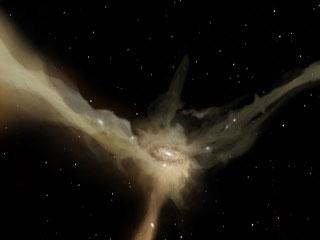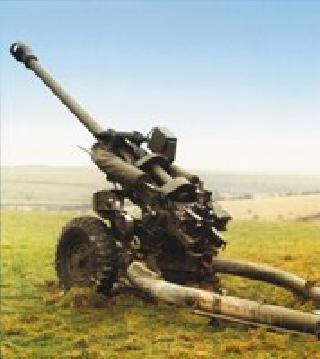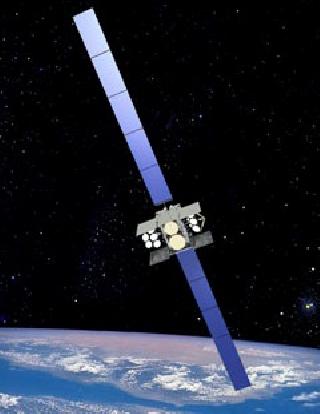
In this artist's conception, a galaxy accretes mass from rapid, narrow streams of cold gas. These filaments provide the galaxy with continuous flows of raw material to feed its star-forming at a rather leisurely pace. Photo: ESA
WASHINGTON (BNS): Herschel infrared space observatory has discovered a new theory on the evolvement of galaxies, according to a report.
According to the new findings, galaxies do not need to collide with each other to drive vigorous star birth. The discovery has overturned a long-held assumption and paints a statelier picture of how galaxies evolve.
Herschel is a European Space Agency mission with important contributions from NASA and NASA's Jet Propulsion Laboratory in Pasadena, California.
"Galaxy mergers play an important role in producing the most powerful starbursts today. But in the early universe, when most galaxies contained a lot more gas, mergers were not the only way, or even the most common way, to make lots of stars at a rapid rate," Lee Armus, a co-author of the new study from NASA's Herschel Science Center at the California Institute of Technology in Pasadena said.
The new results are based on Herschel's observations of two patches of sky, each about one-third the size of the full moon.
These observations are unique because Herschel can obtain data at a wide range of infrared light and reveal a more complete picture of star birth than ever seen before, the report said.
 Previous Article
Previous Article Next Article
Next Article











The Indian Air Force, in its flight trials evaluation report submitted before the Defence Ministry l..
view articleAn insight into the Medium Multi-Role Combat Aircraft competition...
view articleSky enthusiasts can now spot the International Space Station (ISS) commanded by Indian-American astr..
view article